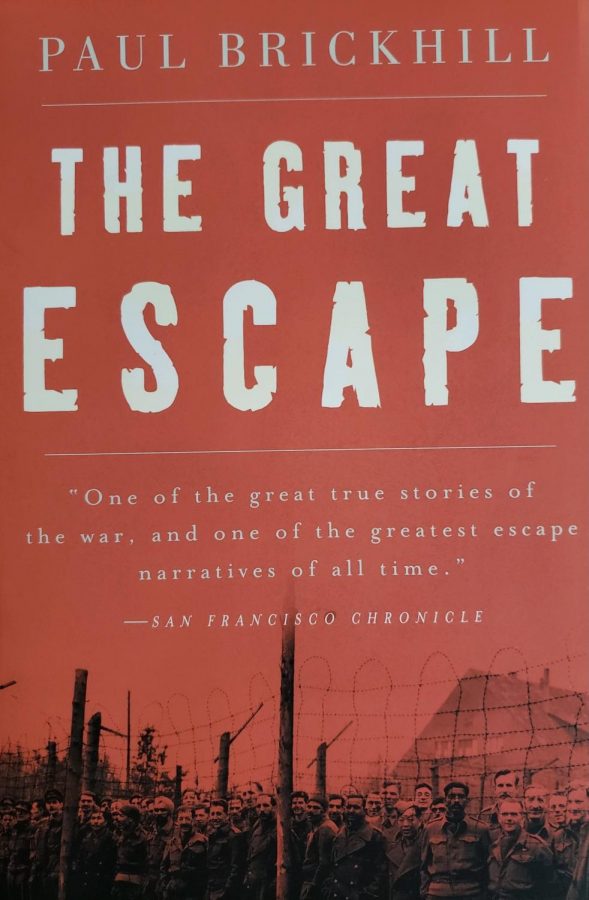“The Great Escape” is a story of loss and survival
“The Great Escape” is one of history’s gems, centering around the POW camps and the brave prisoners who sought to escape.
A tragic story told by one who lived through it, Paul Brickhill’s book “The Great Escape” is a story of loss, hope and survival. Centered around Luft Stalag III, a prisoner of war (POW) camp from World War II, this book follows the prisoners as they build an elaborate system of escape tunnels by fashioning tools out of discarded metal and trash and scavenging wood from the prison huts to frame tunnel networks.
Brickhill was a pilot during WWII but his plane was shot down and he ended up in this camp. His story is captured by this book, as well as the stories of many other prisoners, most of whom would never make it out alive. “The Great Escape” captures tense moments as German guards searched repeatedly for the tunnels, with the most suspenseful moments occurring when escape plans were put into action. The tragic deaths of the escapees who were ultimately caught added to the novel’s suspense.
In an effort to pay respect to the prisoners, Brickhill included pictures of the prisoners with whom he interacted with. He also created drawings of escape tunnels and the camp layout to help the reader picture the camp and its surroundings. While the novel is a short read at only 264 pages, it is packed with detail that will keep any individual interested in turning its pages.






